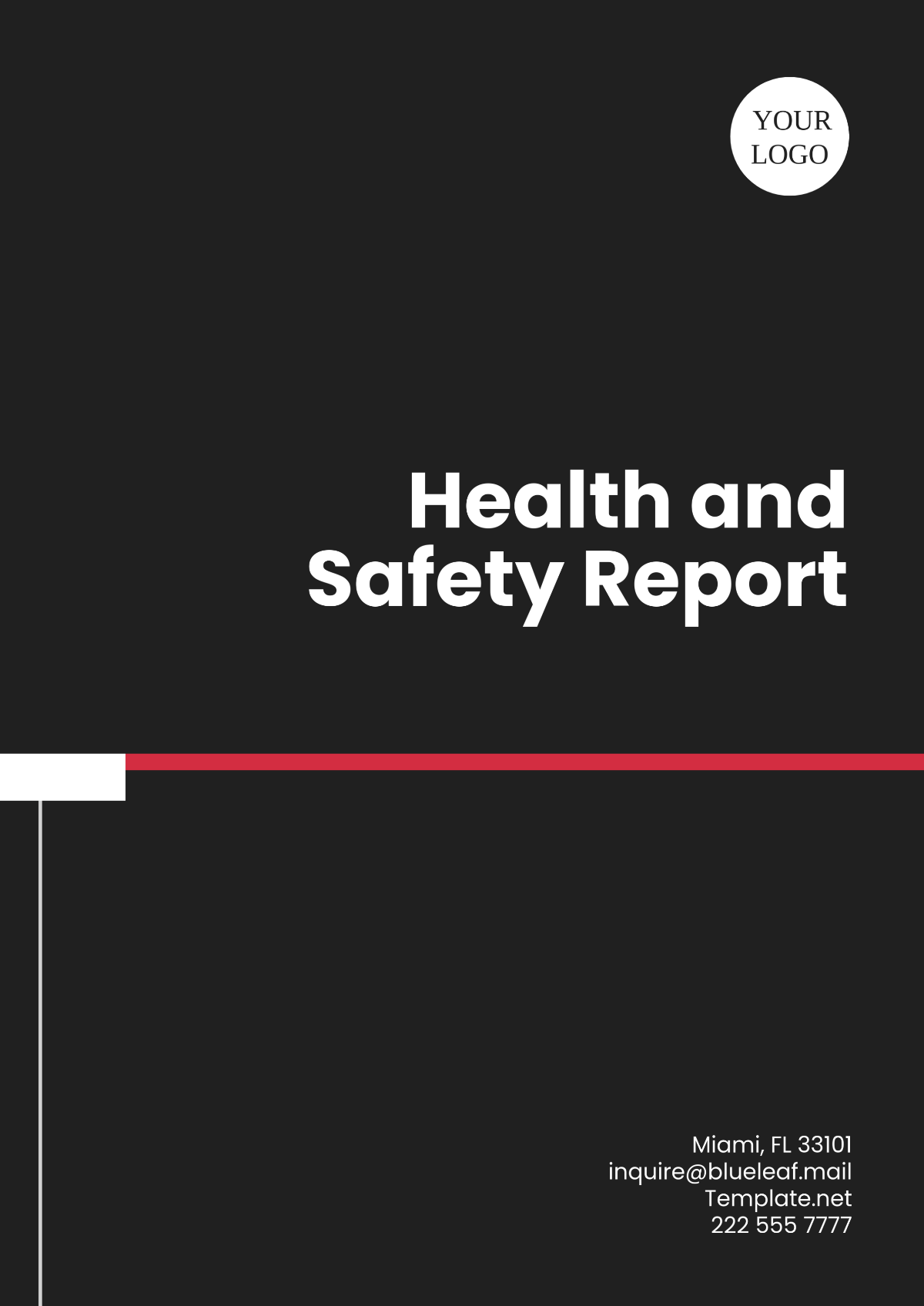Free Pneumonia Case Study
Efficiently analyze pneumonia cases with Template.net's Pneumonia Case Study Template. Editable and customizable, this template streamlines data organization for clear insights and comprehensive documentation. Utilize our Ai Editor Tool for effortless customization and professional formatting, ensuring your case studies are detailed and impactful. Empower your team to uncover key insights and develop effective strategies for managing pneumonia cases with confidence.






























